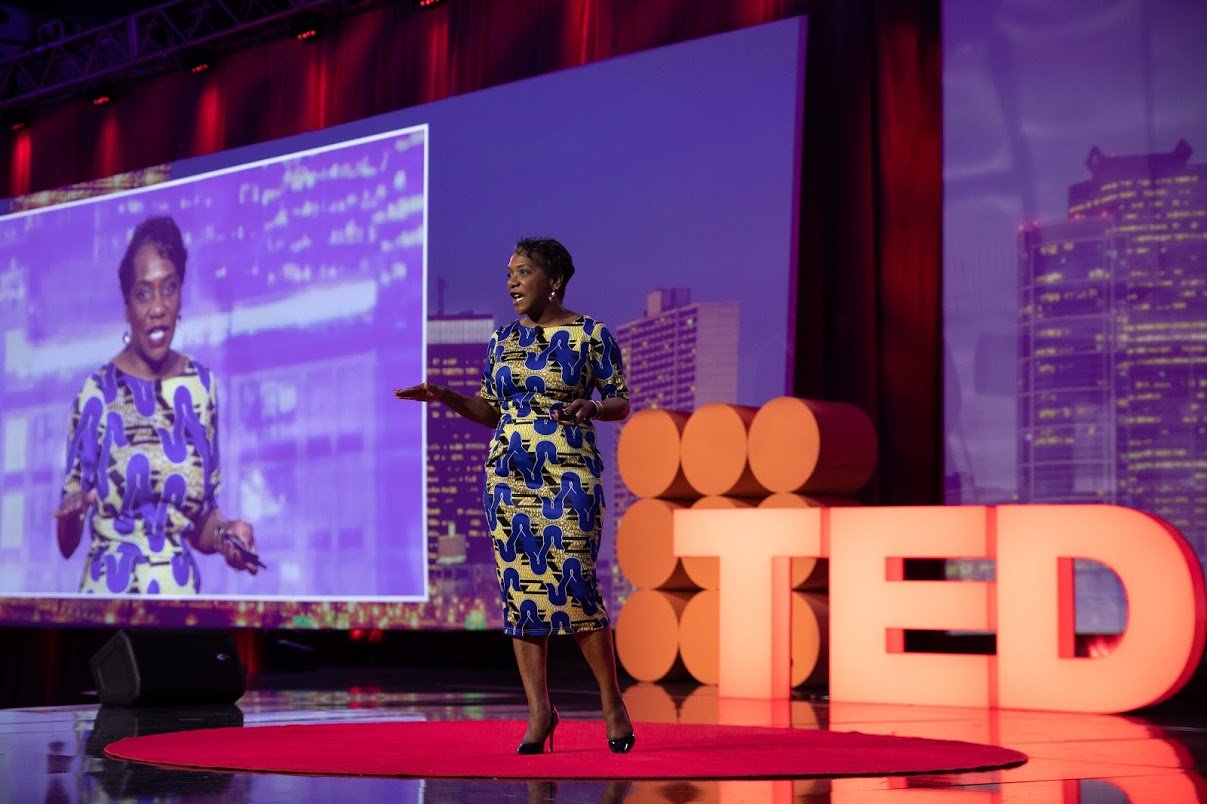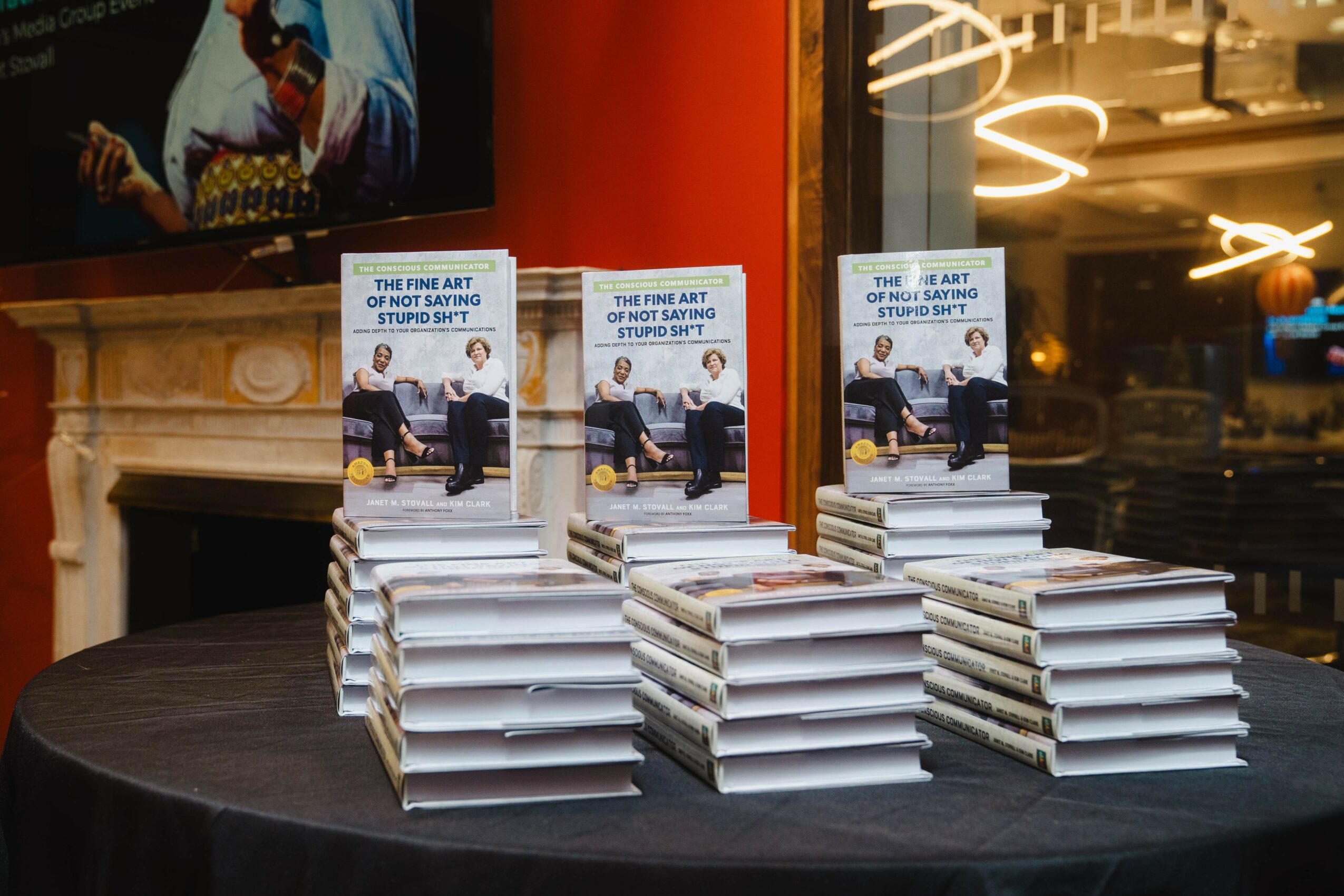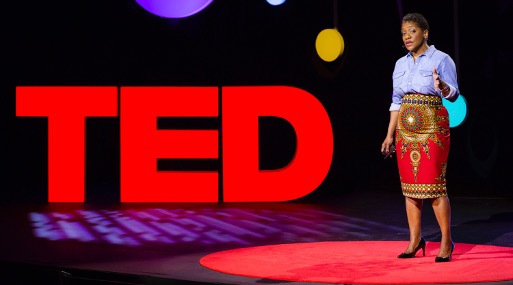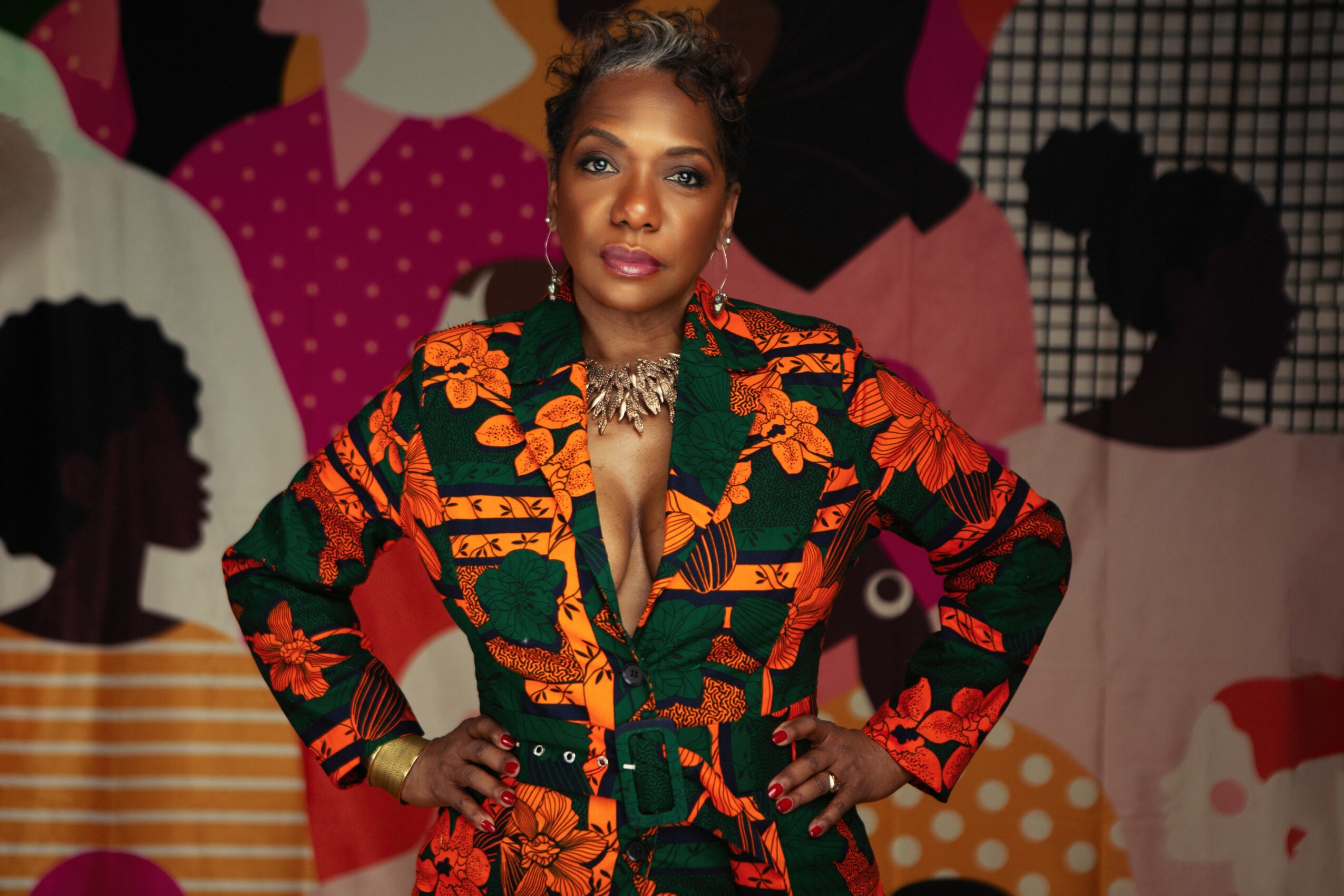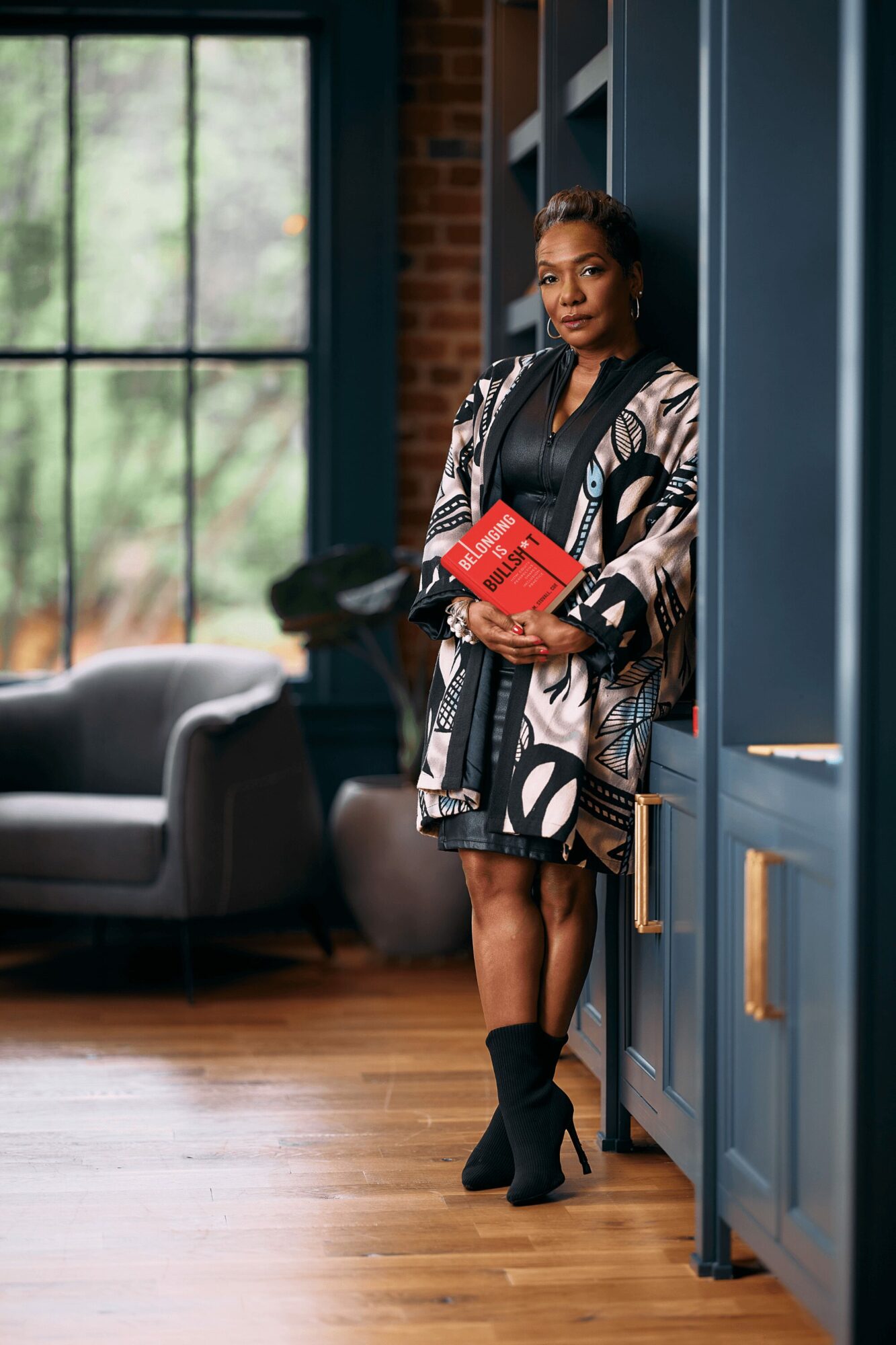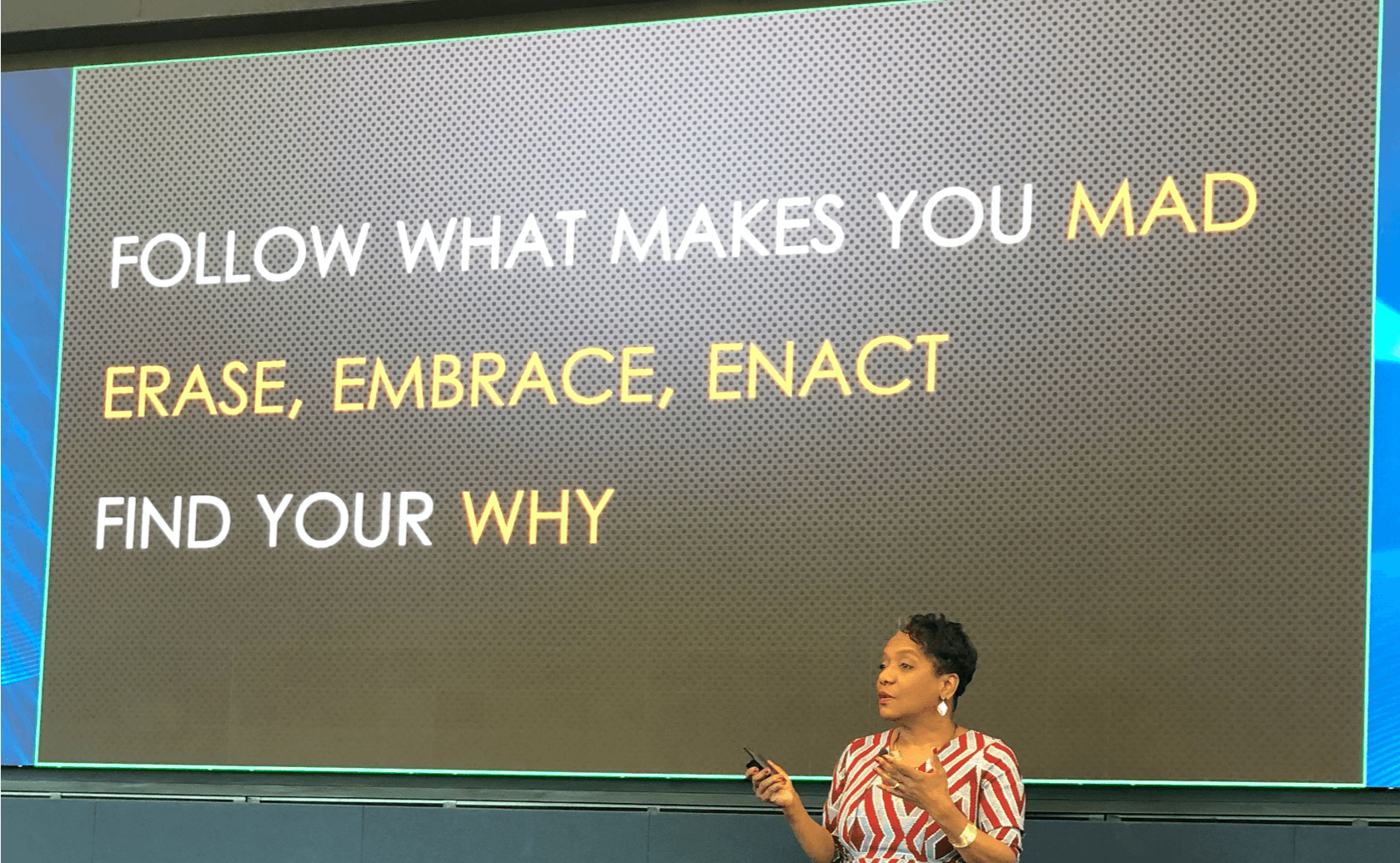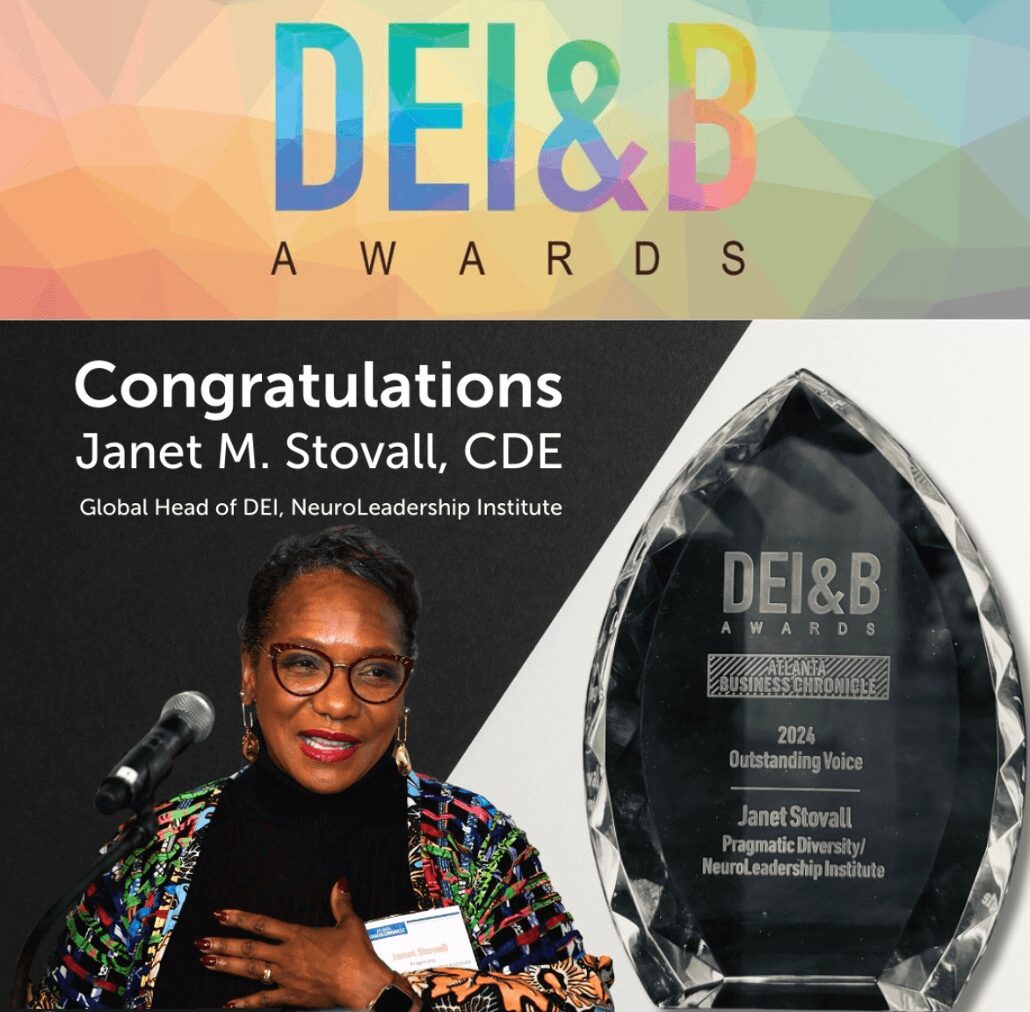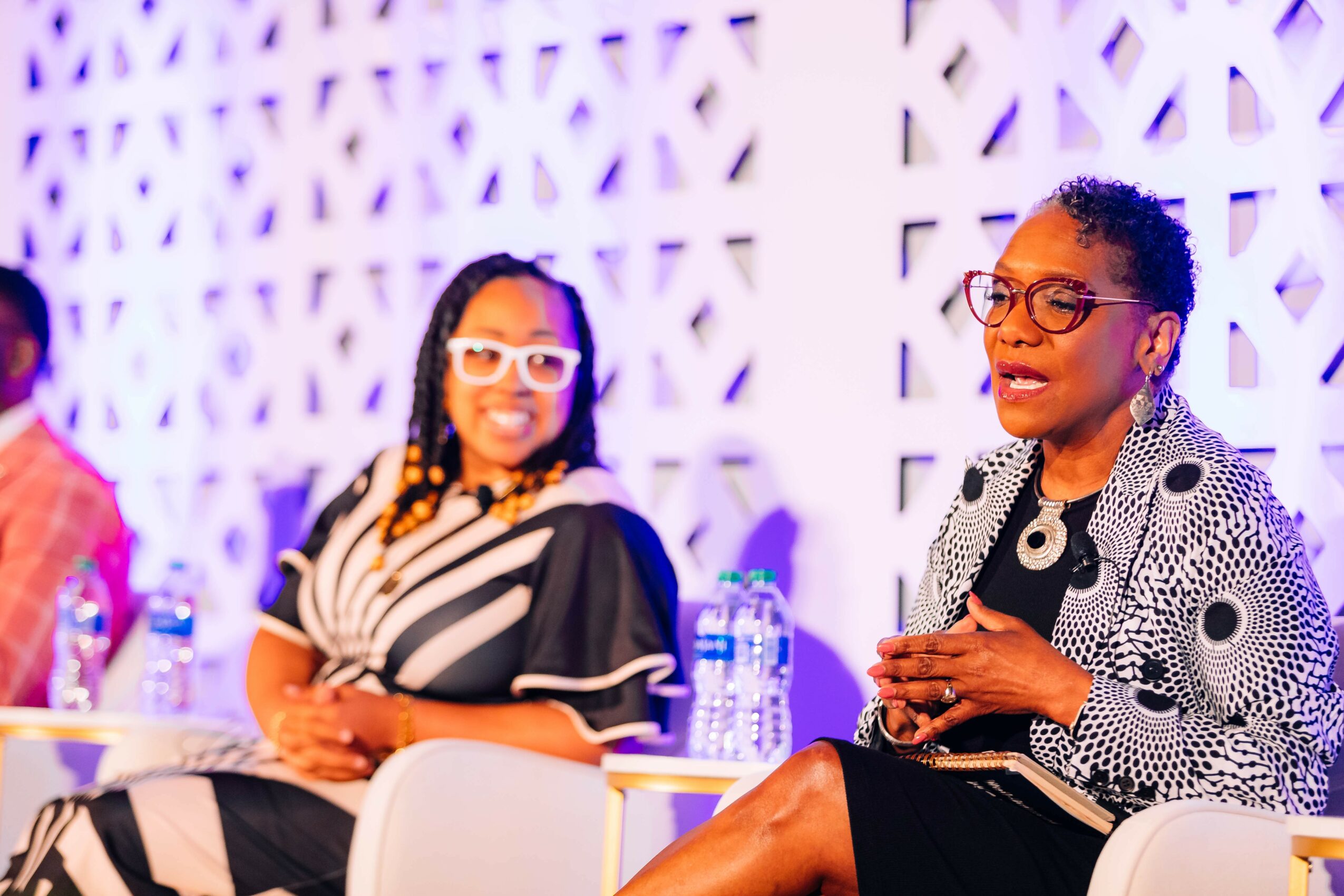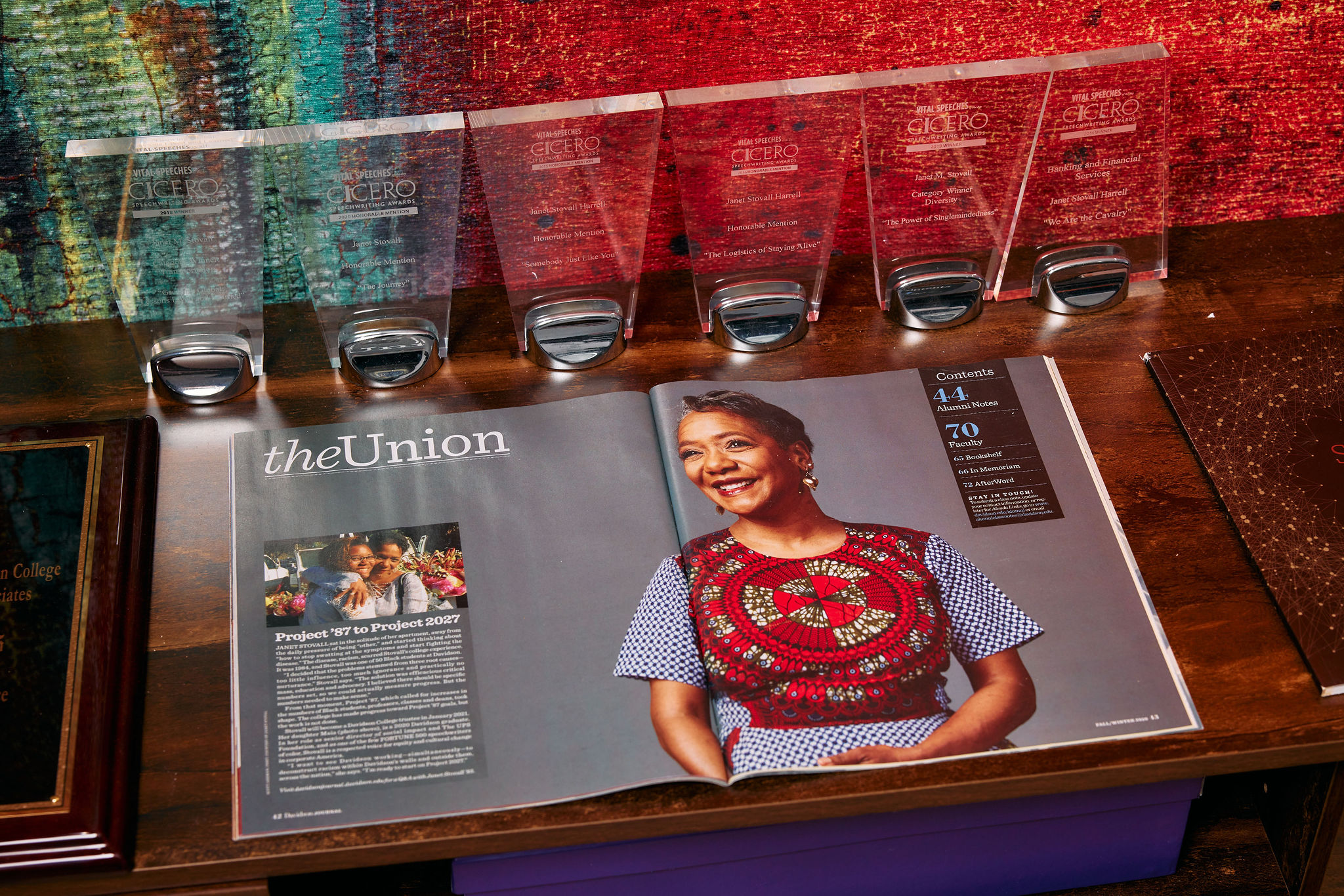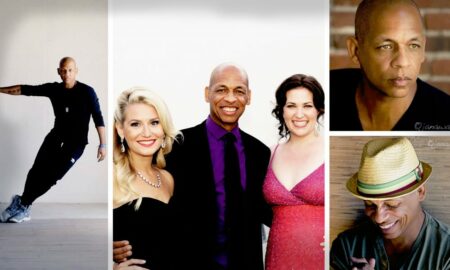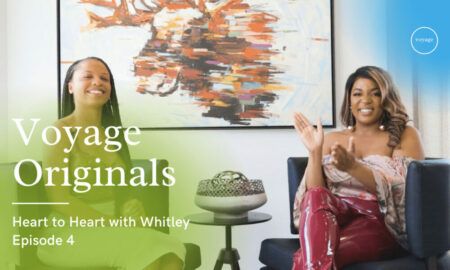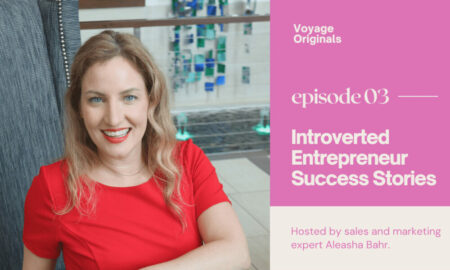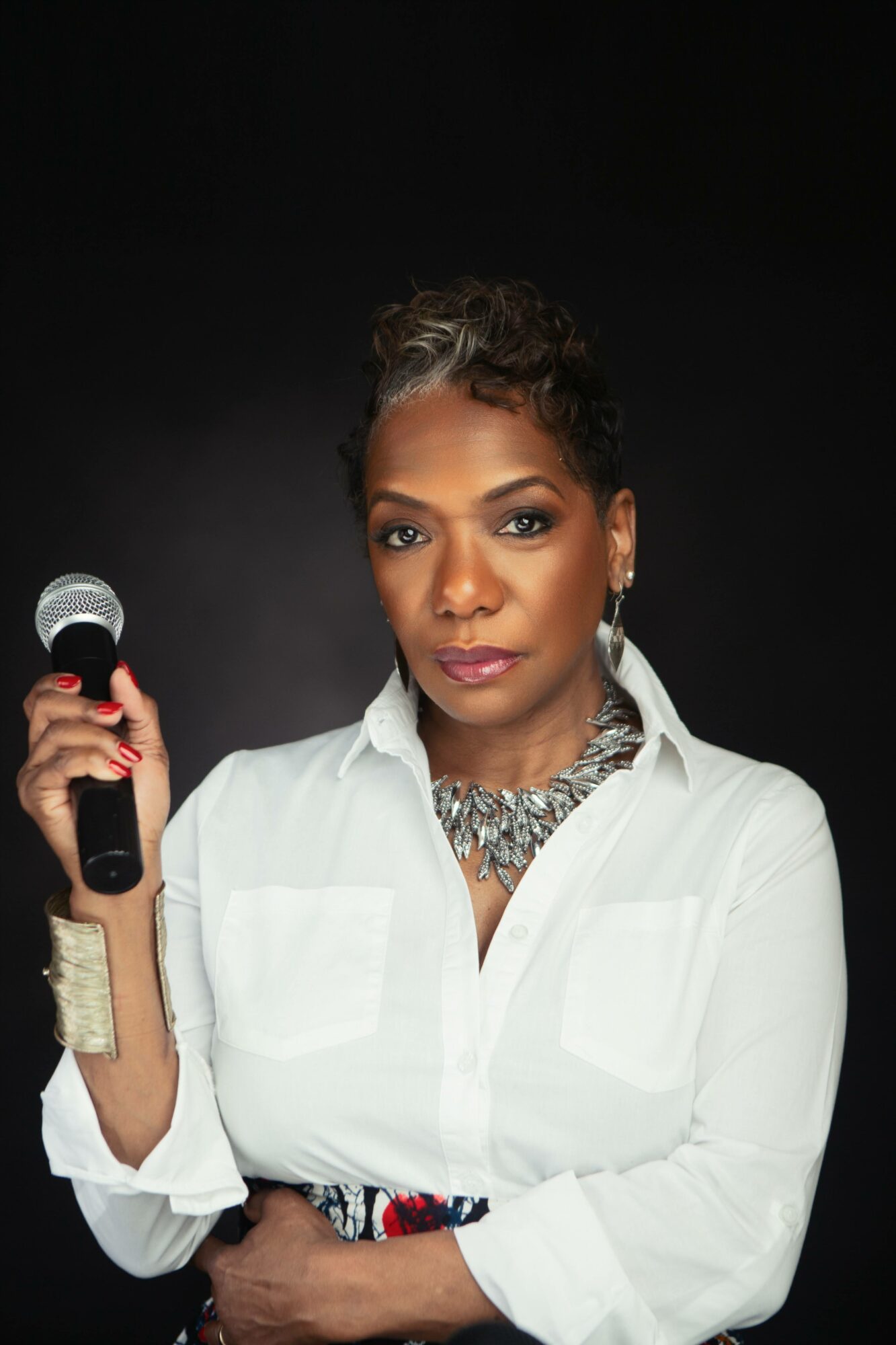

Janet M. Stovall CDE shared their story and experiences with us recently and you can find our conversation below.
Janet M., we’re thrilled to have you with us today. Before we jump into your intro and the heart of the interview, let’s start with a bit of an ice breaker: What are you being called to do now, that you may have been afraid of before?
I’ve always been an introvert who found herself on stage, so a healthy fear of the spotlight isn’t new. For years, I operated from the relative safety of the corporate world, advocating for change from within. I could nudge and push, but my voice was always filtered, tempered by the organizations I served.
What I’m called to do now is speak without that filter. The work I do with Pragmatic Diversity is about moving beyond conversations and good intentions to dismantle systemic inequity with objective, actionable strategies. It’s about making inclusivity a business imperative for solving real problems, defined by real numbers and accountable for real consequences.
In a time when hard-won civil rights are being systematically dismantled, speaking this truth feels more urgent and more dangerous than ever. Stepping away from the security of a regular job to build my own consultancy was a leap of faith, and I’d be lying if I said the fear is completely gone. But the calling to be an unfiltered, pragmatic voice for change is louder than my fear. This moment demands it, and my work is to answer that call.
Can you briefly introduce yourself and share what makes you or your brand unique?
I’m Janet Stovall, and I’m a diversity pragmatist. For over 20 years, I worked inside Fortune 100 companies as a C-level communications strategist and speechwriter. I had a unique vantage point, helping leaders articulate their visions. But I saw a persistent gap between their intentions for diversity and inclusion and the actual impact of their efforts. The message wasn’t landing, and the work wasn’t sticking.
I founded Pragmatic Diversity to close that gap. It’s not a typical DEI consultancy.
Our approach is guided by a core mantra: Diversity isn’t a problem to solve; it solves problems. Inclusion isn’t feeling valued; it’s being able to deliver value. Equity isn’t fair people; it’s fair systems.
What makes us unique is that we’re laser-focused on making DEI in the workplace about business outcomes, not good intentions. We do that by merging elite, C-level communications strategy with deep DEI expertise to create objective, actionable frameworks. We leverage the power of communication as a way to make the subjective objective. Most firms focus on programs and training that make people feel better. We focus on building systems and narratives that make businesses perform better. We use proprietary frameworks like our Inclusilience™ model to move beyond aspiration and connect inclusion directly to business resilience and measurable ROI. We help organizations operationalize inclusion, making it a core driver of sustainable growth. It’s about making the business case for equity so compelling that it becomes inseparable from the moral one.
Appreciate your sharing that. Let’s talk about your life, growing up and some of topics and learnings around that. What’s a moment that really shaped how you see the world?
Two moments during my years at Davidson College fundamentally shaped how I see the world and approach my work today.
The first came when I was driving the revolutionary poet Nikki Giovanni to the airport after she spoke on campus. I was complaining about everything wrong at Davidson—too few Black students, studies, and scholars; too much exclusion and discrimination. She listened, then asked me a question that stopped me cold: “Well, it’s not like you came here for the Black experience, is it?”
Her question hit me because maybe I had expected a certain kind of experience, at least some comfort and familiarity. I wanted to feel at home in this space. But Nikki’s question made clear the absurdity of that for a Black woman of modest familial wealth at a predominantly white, male, affluent institution. Her challenge made me ask different questions: Well, why shouldn’t I expect that? Why shouldn’t the space that accepted me be willing to change to allow it? That realization has shaped all my corporate work since then. When we talk about creating spaces of “belonging,” the fundamental question becomes: to whom does the space belong?
The second moment came during my junior year when Dr. Charles King, another civil rights leader, visited for our MLK lecture series. After his powerful workshop on oppression, I was driving him to the airport, and again, venting about Davidson’s challenges. When I paused, he looked at me and said, “You are the angriest little Black woman I have ever met in my life. Why don’t you stop getting mad and start getting meaningful?”
Together, these moments taught me that the problem isn’t my rational, reasonable expectations—it’s irrational, unreasonable systems that refuse to care about or meet them. Dr. Giovanni’s question made me realize I had every right to expect accommodation in spaces that claimed to want me, instead of assimilation to those spaces by me. Dr. King’s challenge taught me how to channel that realization into systematic change. I decided to take 50% of his advice—I got meaningful, but I never stopped getting mad. Instead, I learned to follow what pisses me off and work to make spaces truly belong to everyone.
This is the foundation of everything I do as a diversity pragmatist: challenging the assumption that certain people should adapt to spaces rather than demanding that spaces adapt to include everyone.
What have been the defining wounds of your life—and how have you healed them?
In 1988, six months after I moved to Atlanta, I was kidnapped and raped at gunpoint. I managed to escape, but the trauma of that night became a defining wound. While I never saw myself as a victim, I learned that once you have been victimized, that experience becomes a permanent part of your story. It leaves mental and emotional scars that change how you move through the world.
For two decades, justice felt like an impossibility. Then, 15 years after the attack, a change in the law regarding DNA evidence removed the statute of limitations for my case. Twenty years after that night, I sat in a courtroom and watched my attacker be sentenced to 20 years in prison.
Revisiting the trauma to testify was harrowing, but it was also the beginning of a profound healing process. True healing came from knowing that my daughters and other women were safe from at least one monster. It came from sharing my story and finding solidarity with other survivors. And it has come from understanding how that wound shaped me.
That experience fueled my absolute refusal to be anything but relentlessly honest. It taught me that justice, even when delayed, is worth fighting for. Healing, I’ve learned, isn’t linear, and it’s not about erasing the past. It’s a continuous process of integrating our wounds into who we are. They can become a source of strength, empathy, and an unwavering compass for the truth. One is never fully healed, but the scar is a testament to your resilience.
Alright, so if you are open to it, let’s explore some philosophical questions that touch on your values and worldview. What are the biggest lies your industry tells itself?
The biggest lie the DEI industry tells itself is that the business world was ever truly committed to this work in the first place. This current backlash isn’t anything new or novel. It’s just power’s predictable response to progress.
In the wake of George Floyd’s 2020 murder, corporate America made sweeping commitments. Pledged billions of dollars. Hired hundreds of Chief Diversity Officers. Formed thousands of racial equity task forces. Put Black products on shelves, promised to double their Black leadership, overhaul their hiring practices, and address systemic inequities. The statements were bold, the timelines ambitious, and the moral urgency seemingly real.
By 2021, those promises were already cracking. Budgets quietly reduced. CDO positions eliminated or downgraded. “Urgent” initiatives were deprioritized.
Enter 2024 and 2025. Many of those promises weren’t just broken; they were erased and reversed. The same companies that made headlines with their billion-dollar pledges are now retreating from DEI work entirely, citing “political climate” and “business priorities.”
The business world has been telling itself and all its stakeholders three fundamental falsehoods. One, that organizations count diversity as an asset. If they did, they would treat it like one — invest in it, cultivate it, measure its ROI, and protect it fiercely during economic downturns. Instead, what are the first things gone when the going gets tough? DEI professionals, programs, and funding. You don’t liquidate your most valuable assets at the first sign of trouble.
Two, that they’re intentional about inclusion. If they were, they’d define it in clear, actionable, and measurable terms. Instead, they talk about “belonging”, a fuzzy feeling they can’t name or hold anyone accountable for. Real inclusion is about enabling every employee to deliver value. It requires specific actions, defined competencies, and leaders held responsible for executing them.
The third and most significant lie, is that organizations genuinely care about creating equity. If they did, they would be willing to do the hard, expensive, and disruptive work of dismantling and rebuilding the systems that create inequity. The retreat from 2020’s promises proves that most organizations were never willing to pay the real price for equity—money, political capital, and fundamental changes to how they operate. Because in an inequitable world, equity itself is disruption.
The current moment, painful as it is, has burned away the superficial layer of DEI and exposed what was always underneath: empty promises designed to weather a crisis, not create lasting change.
Okay, so before we go, let’s tackle one more area. Are you doing what you were born to do—or what you were told to do?
For a long time, I did what I was told to do—and I was very good at it. I built a successful career as a C-level communications strategist and speechwriter in the corporate world. That path was logical; it was what you did with a talent for language and strategy. I was told, and the world affirmed, that this was my lane. But even in that lane, I was driven by something deeper, a calling.
I was born single-minded about racism. That’s not something you’re told to be; it’s something that’s in your bones. So, while I was doing the work I was told to do, I was constantly pushing against the boundaries of that work. I used my position to lay the foundations of DEI departments and initiatives, to challenge leaders, and to inject the uncomfortable truths about inequity into the corporate narrative. I was using the tools of my trade to serve the mission I was born for.
But eventually, the “told to do” path reached its limits. The corporate structure platforming me was filtering me. I realized that to truly do the work I was born to do, I had to stop translating my message for others and speak it in my own voice.
Founding Pragmatic Diversity was the moment I fully stepped into what I was born to do. It’s the synthesis of my calling and my conditioning. I’m now using the craft I honed for decades—the ability to build a compelling, strategic narrative—to address the injustice that has always fueled me. I’m no longer just a communicator; I’m a diversity pragmatist, turning righteous anger into objective, actionable, business-focused solutions. I’m not just doing what I was told to do or what I was born to do. I’m doing what I was born to do, using the powerful tools I mastered while doing what I was told.
Contact Info:
- Website: https://www.pragmaticdiversity.com
- Instagram: diversitypragmatist
- Linkedin: https://linkedin.com/in/janetmariestovall/
- Other: Podcast
inthismoment.network
